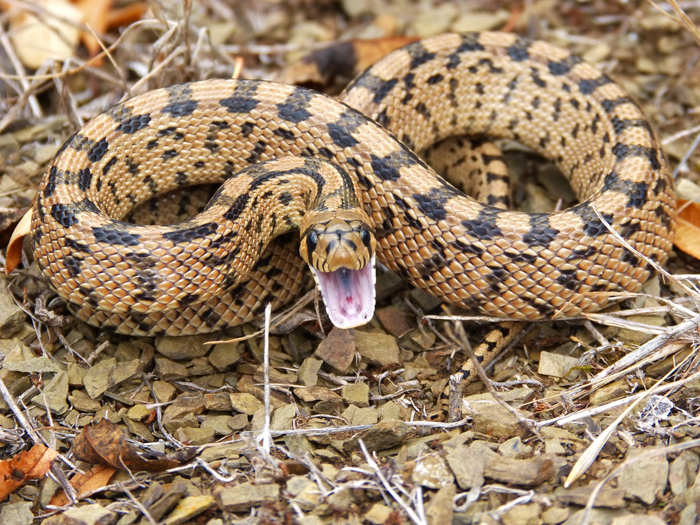Venom found in snakes and mammals shares common origin, new study finds
A common ancestral protein is found to be responsible for venom evolving in some snakes and mammals

A class of toxins found in snake and mammalian venom share a common evolutionary ancestor.
Scientists pointed out in a study published in the journal BMC Biology on Thursday that the venom of these creatures have evolved from the same ancestral salivary protein.
This was despite animals with venomous bites such as some snakes and lizards and a few mammals belonging to vastly different branches of the evolutionary tree that split more than 300 million years ago.
“Venoms are cocktails of toxic proteins that have evolved across the whole animal kingdom, typically as a method of killing or immobilising prey,” Agneesh Barua, the study’s co-author and a PhD student at Okinawa Institute of Science and Technology in Japan, said in a statement.
He added that their origins remain elusive.
In an earlier study, the scientists had found there to be a common group of genes that had a toxic potential in the ancestor of snakes and mammals.
The two animal groups then took different evolutionary paths, with snake lineages evolving diverse and increasingly toxic concoctions, while in mammals, venom evolved to a much lesser degree, the researchers explained.
In the new study, scientists analysed a class of toxins found in most snake venom and all other reptile and mammalian venom called kallikrein serine proteases and traced their origins to a gene found in a common ancestor.
In venomous snakes and mammals, like shrews and solenodons, these protein-degrading enzymes have evolved toxicity, and when injected into prey in high amounts, they drastically reduce blood pressure, potentially causing unconsciousness and even death.
Although mammal saliva also contains small quantities of these enzymes, scientists said their function in these animals remains unclear to this day.
While researchers have previously noticed chemical similarities between kallikrein serine proteases and those in mammal saliva, it remained unclear if the two were related.
The new study identified and compared all the enzyme’s genes in reptiles, amphibians, fishes, and mammals to create an evolutionary tree, and found that kallikrein serine proteases and mammal salivary kallikreins did evolve from the same ancestral gene.
Based on the analysis, the scientists said venom evolved from a common group of genes in an ancestor that had a toxic potential.
They said even non-toxic salivary kallikreins, such as those found in humans and mice, also evolved from the same ancestral gene, suggesting that the forms of this enzyme in mammals, including humans, have the potential to evolve into toxic proteins.
“Just because we have the building blocks to evolve venom doesn’t mean this will occur. Venom is really energetically expensive to make, so there had to be a strong ecological pressure for it, which humans, and most mammals don’t have,” Mr Barua added.
The scientists, however, said the line between venomous and non-venomous mammals blurs much more than earlier thought.
Join our commenting forum
Join thought-provoking conversations, follow other Independent readers and see their replies
Comments
Bookmark popover
Removed from bookmarks